First Aid
I could remember that school organizations conduct trainings on first aid. It is for the benefit of the players during intramurals or sports activities being held inside or even outside the school.
First aid has then been given emphasis in the workplaces especially of those who works on physical power plants and other dangerous workplaces. To note, first aid is a a key element to safety inspectors on workplaces.
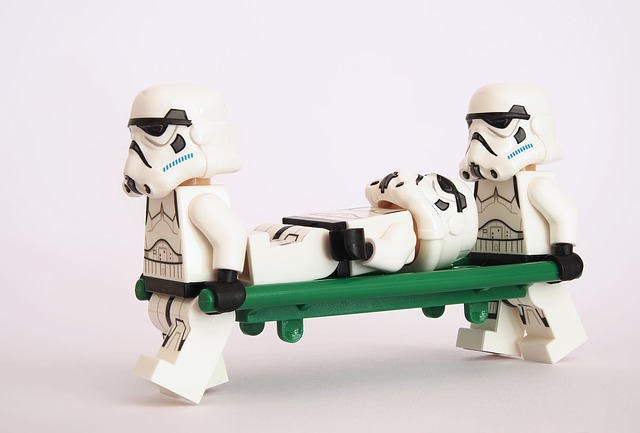
By definition, first aid enables a person to assist someone who had been injured from accident or emegency situation. It is given until professional help arrives.
First aid should be viewed as essential because we will never know when do accidents or emergency situations occur.
Learning Objectives
This short lecture on first aid aims the following:
- Understand the concept of Emergency Medical Service Systems;
- Allow the First Aiders with knowledge-skill-attitude in activating EMS, lifting and moving patients, and providing immediate care to life threatening situations;
- And develop a foundation or ground work for avancement on EMS.
Recognition
A. Scene Size-Up
According to Emergency Medical Technician , during scene size-up, the first aider must:
i. Recognize existing and potential hazards in the surrounding;
ii. Identify whether the scene is safe to enter;
iii. Discuss the nature of illness and mechanism of existing injury;
iv. Identify and discuss the number of injured or ill patients on the scene;
v. And whether there is a need for further assistance, discuss it with your team.
Please take note that the actions are being taken by Emergency Medical Professionals or Technicians.
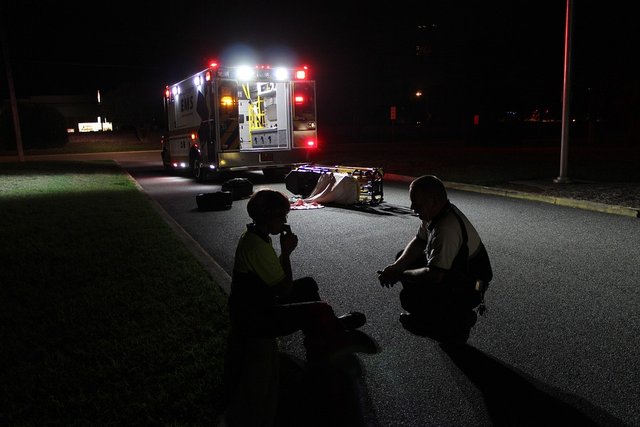
B. Safety First: Rescuer, Buddy, Bystander, and Victim.
As mentioned, before the first aider helps the victim, it it important to make sure that by helping other victims in case that he is involved in illness or injury, he must see to it that he is okay. In case that he is a responder, it is important that he has been able to wear the PPE for precaution. The second that should be regarded is the buddy, and the the bystanders. Responders must make sure that the bystanders would not cause a commotion orfo that may worsen the situation. The last to be regarded then would be the victim. It is important though to give emphasis on the alloted time.
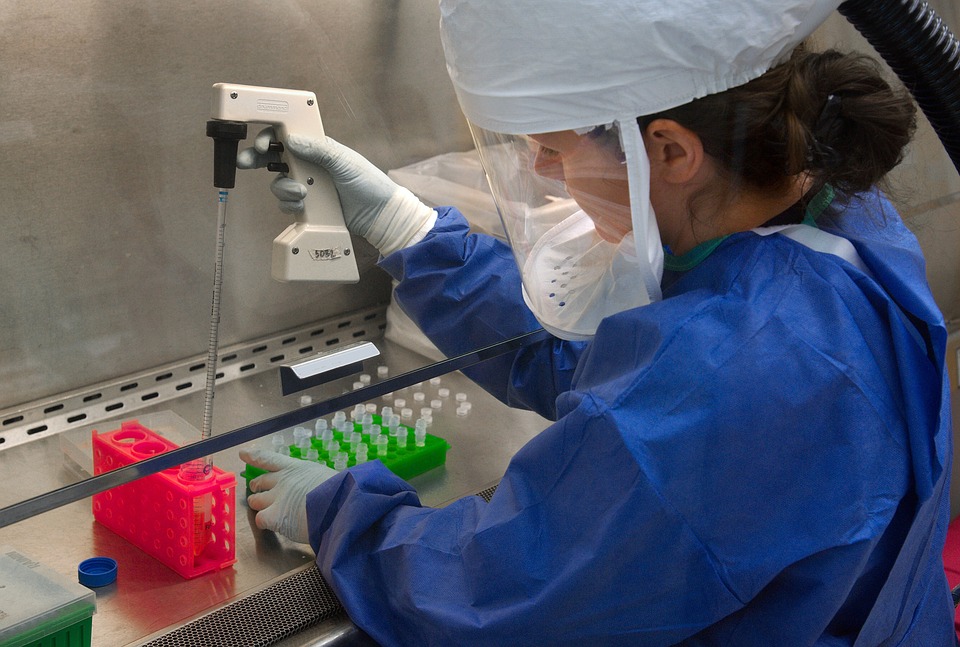
C. Body Substance Isolation precaution
Body Substance Isolation
Always remember that if the fluid is not yours, avoid unprotected contact as it may a source for contamination of disease of infection. In times like that, it is important to wear PPE or Personal Protective Equipment. It is also a precaution for a first-aider to give emphasis on his safety first using this equipment.
According to Health and Safety Executive , PPE may include safety helmets, gloves, eye protection, high-visibility clothing, safety footwear and safety harnesses.
D. Consider MOI or NOI
It is very important to identify the mechanism of injury [MOI] or nature of illness [NOI] because misdiagnosis often lead to worsening of the situation. An example of this is when there is an accident traffic and a motorbike crashed causing the person to experience injuries which are not that visible.
E. Consider Additional Resources
A further help might be needed so it is important to assess the situation of the possible apparatus needed or number of medical emergency personnel.
F. Consider C-Spine Immobilization
In terms of accidents, a person who may have experienced injury on their spine must be given a proper care which might include C-Spine immobilization. There are instances that a person dies because proper immobilization was not given.
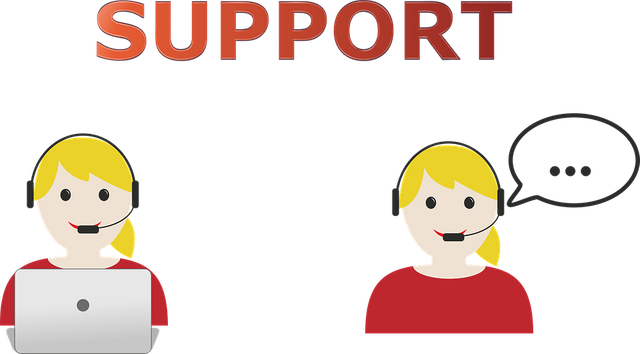
In the Philippines, an emergency hotline has been implemented in cases of emergencies. You can dial 8888 for both Smart and Globe TelCo users. The national emergency hotline then is 911.
Lifting and Moving
In lifting injured patients, there are specific techniques to be followed. You can check the mechanism in this page. But I suggest you undergo a training to have a proper simulation on lifting and moving patients.
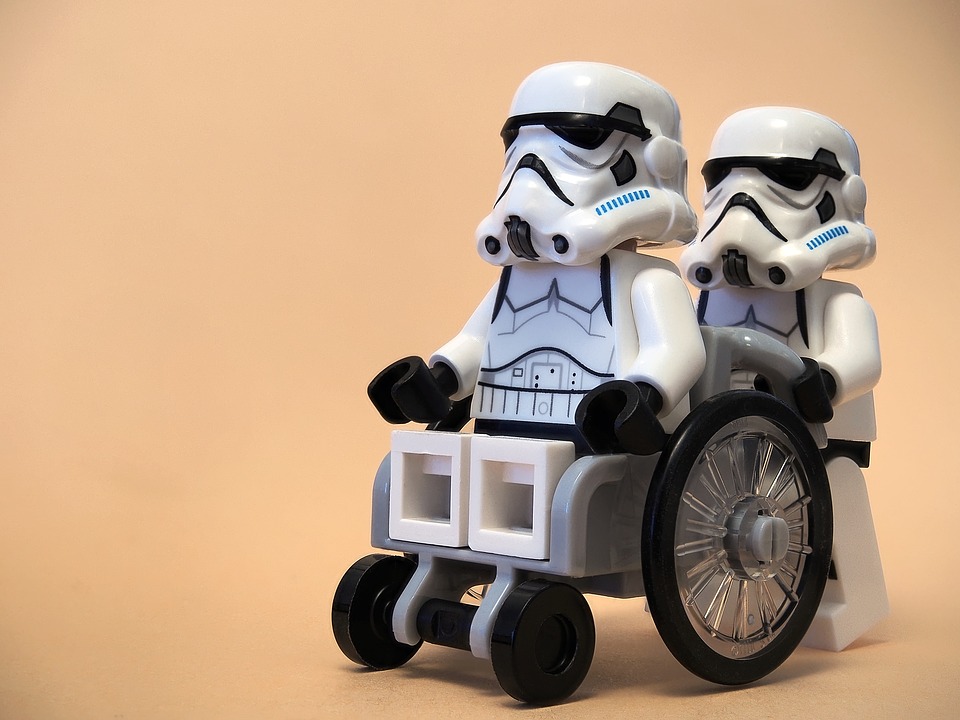
- Scene size-up;
- Primary Survey such as: ABCs, Mechanism of Injury (Trauma), and Nature of Illness (Medical);
- It is also important to have focused physical examination during the scene size-up period;
- Check interventions;
- And Ongoing Assessment.
Under the Patient Assessment during Emergency Conditions, it is important to check on the following:

Deformity, contusion, brasion/ amputation, puncture/ penetration/ pregnancy, burn, tenderness, laceration, and swelling. These can all be checked during the physical examination. The first aider must then be careful to include the injuries seen.
B. Nature of Illness
I. SAMPLE: Signs and symptoms, Allergies, Medications, and Past History. If the following are not checked, the emergency medial professional may harm the patient more. You can ask the person whether or not he or she has allergies especially to certain medications. Some people may not even undergo anti-tetanus because of their allergies towards it. Knowing the medication and past history of the person can also help identify the possible interventions. Some medicines taken might not go well with other medicines.
II. OPQRST: onset, provoking, quality of pain, and radiation.
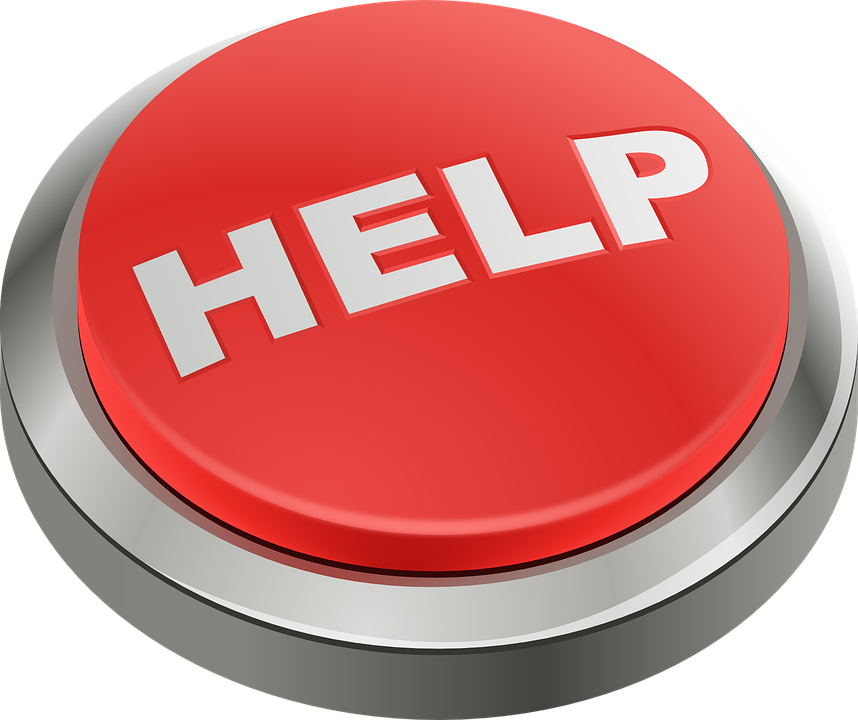
Here are the things you can do on specific emergencies:
For Respiratory Emergencies such as difficulty in breathing, it is important to assist the patient with inhaler if the patient is a known asthmatic. If not, activate EMS .
In times of cardiovascular emergencies such as chest discomfort, its treatment including administering of aspirin to the patient or activate EMS. Chest discomfort is often crushing or sneezing, does not change with eah breath, pain in lower jaw, arms, back, abdomen, or neck, and shortness of breath.
For neurological emergencies such as seizures, it is advisable that the patient must not be restrained. One should not also place any object between the patient's teeth. The personnel must ensure an open airway for the patient. Please also take note that the patient may be unresponsive for a short while after seizure.
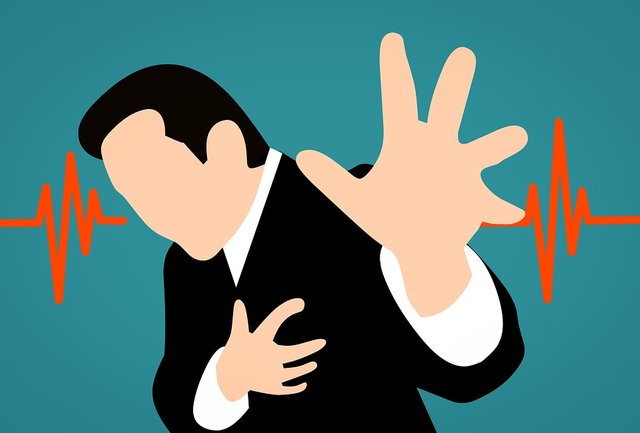
In 2015, there is a new way to determine whether a person is experiencing stroke. It is FAST or identify the changes in ones face, arm, speech, and time or CPSS which is the Cincinnati Prehospital Stroke Scale.
For responders, the treatment includes transporting the patient immediately, place paralyzed side with padding, and consider head support.
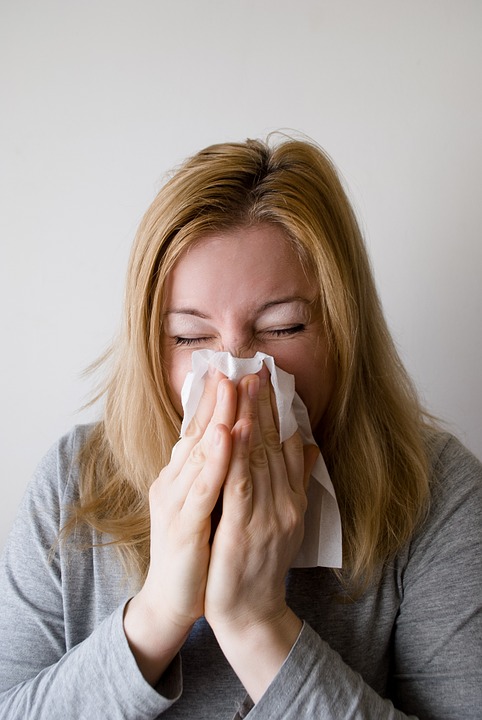
- widespread of urticaria
- wheals
- rapid, labored, or noisy respirations
- sneezing or itchy, runny nose
- warm and tingling feeling in the face, mouth, chest, feet, and hands
- flushing, itching, or burning skin
- abdominal cramps
- and swelling of the lips and tongue.
Anaphylaxis is an extreme allergic reaction. It involves multiple organs of human body. If not prevented, it can rapidly redult to death. Its most common signs include wheexing and utricaria or hives.
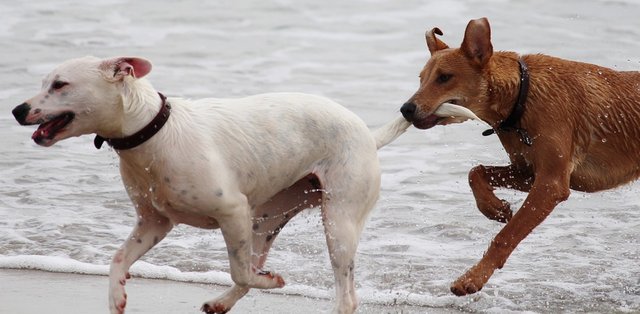
Here are some facts on bites and stings:
- Death from insect stings outnumber those from snakebites.
- Some insects and ants can sting repreatedly.
Signs and symptoms include dramatic swelling at tinmes, itching and sometimes a wheal, and sudden pain, swelling, and redness at the site.
Information overload already? Poisoining, environmental emergencies and its treatment, and a lot more would be discussed tomorrow. I do hope you enjoyed the part one of our lecture. Have a great day!
Images are taken from pixabay.com.